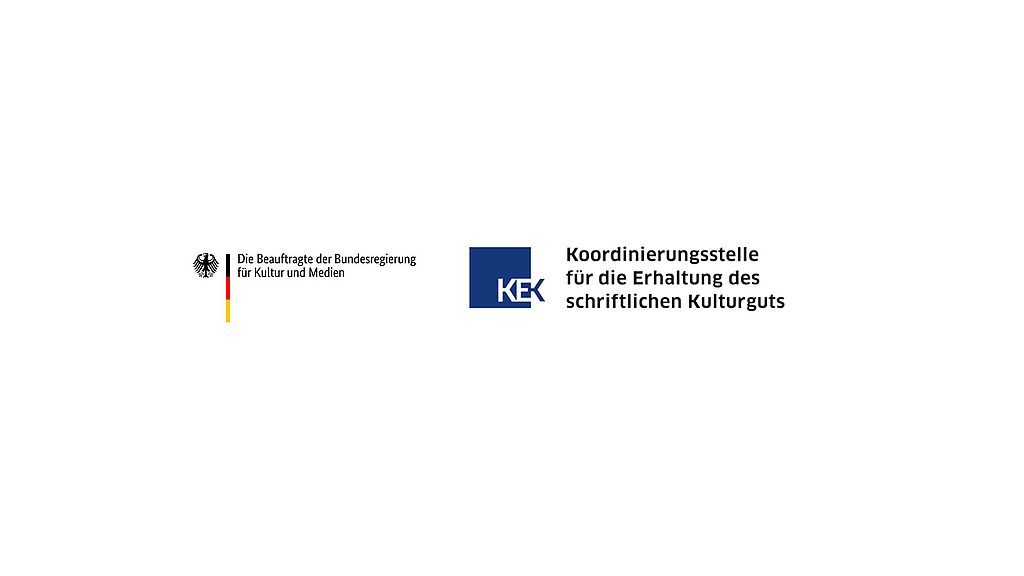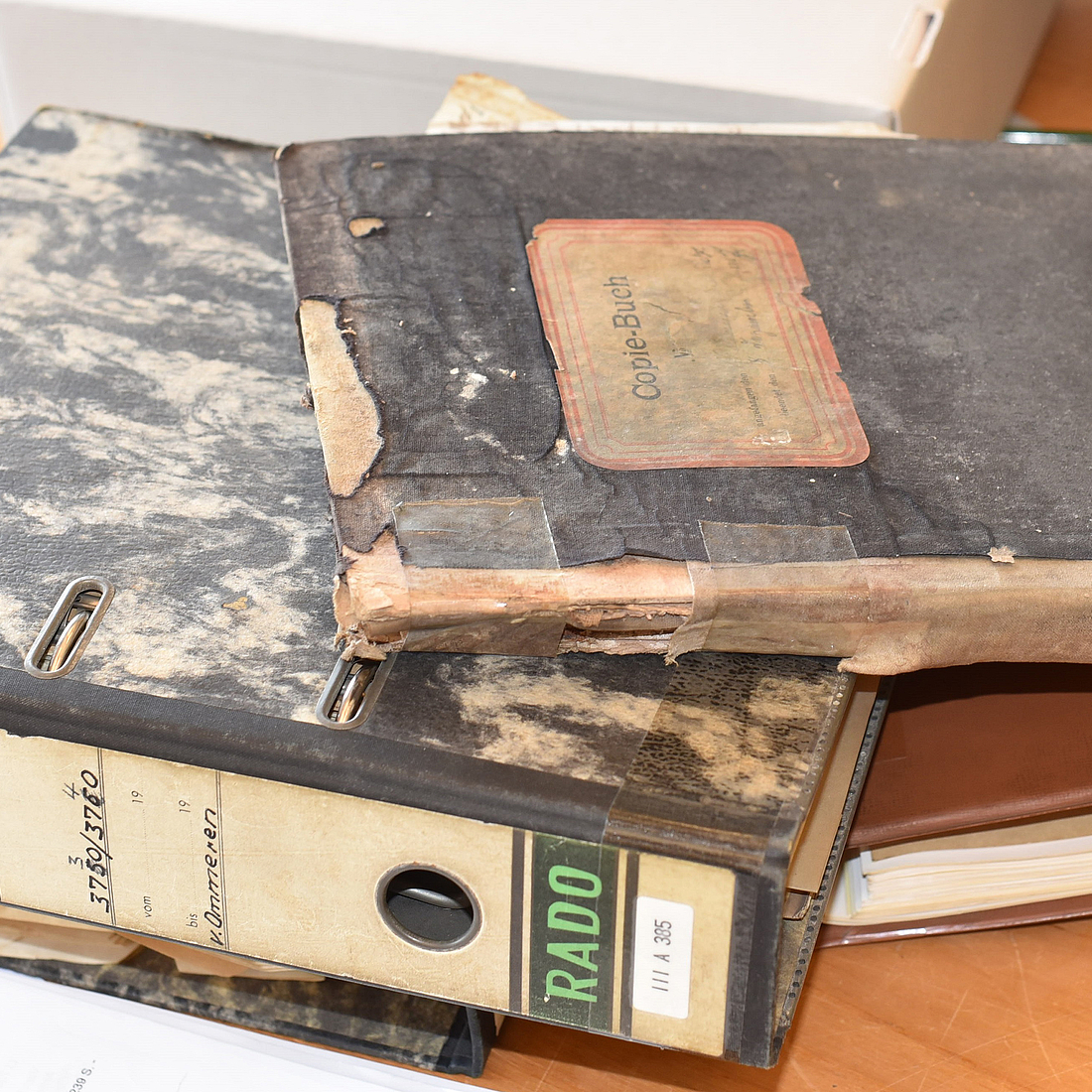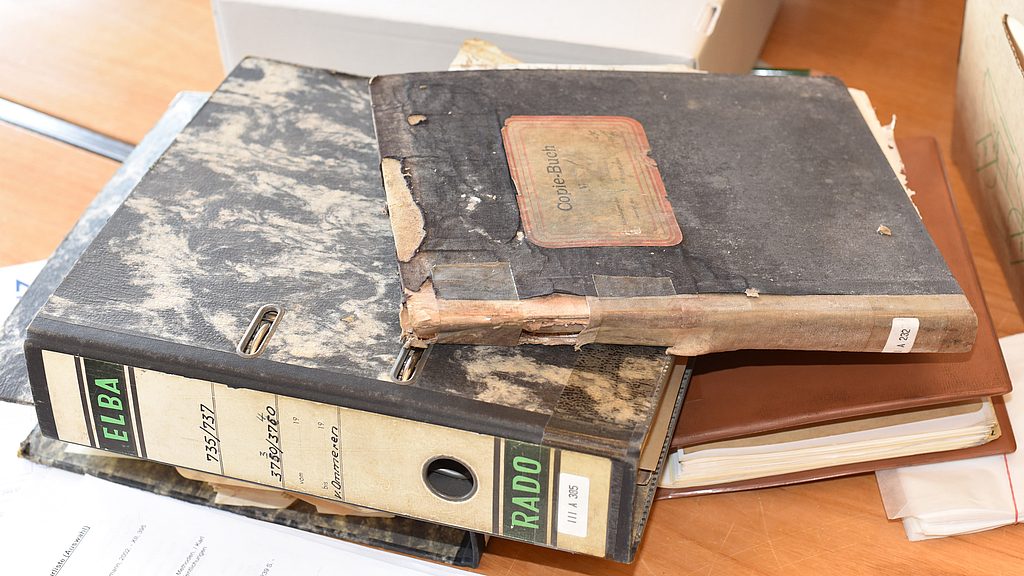Securing the maritime document treasure for the future: German Maritime Museum receives special funding from Berlin
Under the care of museums and archives, historical documents seem to be secured for future generations. However, the preservation and conservation of these archival documents is a major challenge. The German Maritime Museum (DSM) / Leibniz Institute for Maritime History is aware of this and is taking appropriate measures to make the document treasures 'fit for the future'.
How patient is paper? The DSM archive contains written and pictorial sources on German maritime history in a global context. The focus of the collection is on the 20th century, but extends back to the early modern period. The collection of visual materials includes photographs, engravings, technical drawings and advertising graphics. The collection of written materials mainly includes bequests from companies, institutions and private individuals - among other things in the form of files, correspondence, diaries and wall maps. These include, for example, the diary of Caroline von Aschen, who emigrated from Bremen to America on board the BATAVIA in 1801, the diary of an officer about his deployment in the Boxer Rebellion from 1900 to 1901, and the scrapbook of a man from Bremen who sailed back from New York to Bremen with his wife and children on the NDL sailing steamer BREMEN in 1859.
Following the construction of the new research depot, the museum team continues to work on improving the conservation situation. With the help of special funds from the Federal Government Commissioner for Culture and the Media (BKM) for the preservation of written cultural assets and financial support from the state of Bremen, a selection of the museum's holdings of written material as well as the plan and poster archives can be better conserved by December 2021.
After an introduction to the basics of handling archival materials, four students from Bremerhaven and Bremen are now working to improve the storage conditions of selected holdings, such as the nautical charts. Materials that damage paper, such as metal staples or plastics containing plasticizers, are being removed from 81 meters of shelves, and these collections are being placed in acid-free boxes and folders suitable for archiving and provided with the relevant signatures. Soiled documents are cleaned with a latex sponge.
According to the motto "small measures - big effect", these preventive conservation measures avoid expensive damage and continue to preserve historical sources for future generations.
The project is funded by the Federal Government Commissioner for Culture and the Media (BKM) and the Coordination Office for the Preservation of Written Cultural Heritage (KEK).
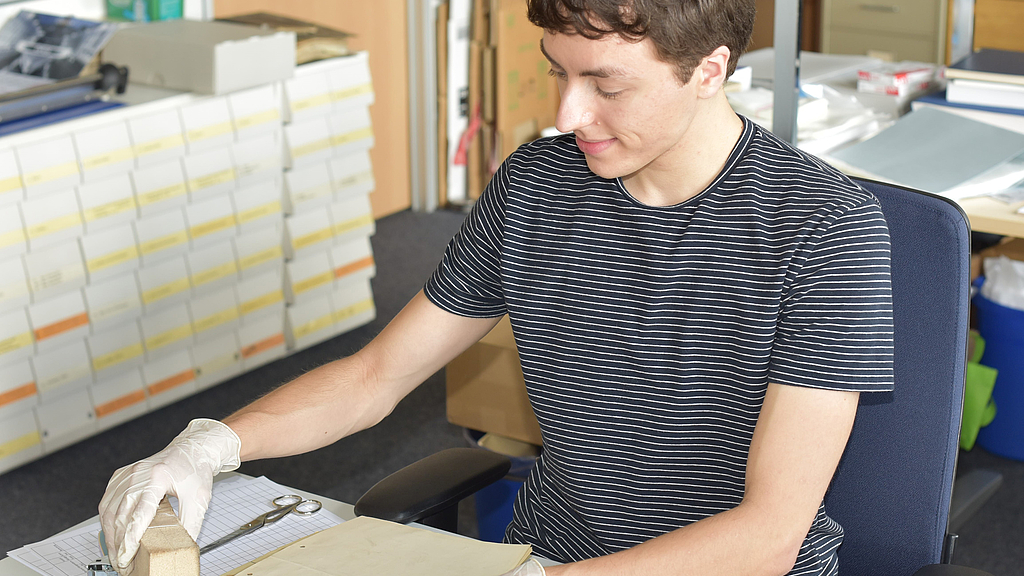
Student employee Alexander Timm cleans old documents so that they can be preserved for posterity in the archive for a long time.
Photo: DSM / Alexander Reis
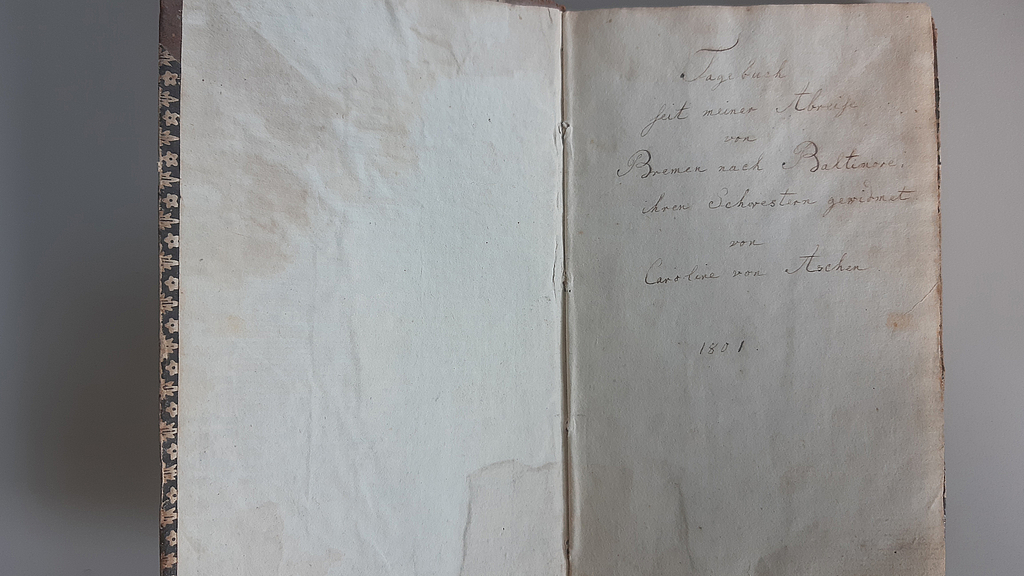
The diary of Caroline von Aschen. She traveled from Bremen to Baltimore in 1801.
Photo: DSM / Alexander Reis
Supporter
-